
Phil Kongtcheu
Founder & CEO • eMotionRx, Inc.
Phil Kongtcheu founded eMotionRX, an organization that’s reengineering modern mobility rehabilitation.
Photos by Nancy Carbonaro
A lot of the things prescribed by the medical profession are very wrong. I felt a great urgency to take on this challenge.
Phil Kongtcheu is the founder and CEO of eMotionRX, an organization that’s reengineering modern mobility rehabilitation. Phil draws from his own experience and the experiences of others in his work; he’s been paralyzed from the waist down from polio on two separate occasions in his life, each time observing deficiencies in current methods of mobility rehabilitation. The goal of eMotionRx is to avoid one-size-fits-all solutions and devices; rather, the organization wants to create products that can help clients build strength and improve posture for long-term health and mobility improvement.
Phil spent the first 10 years of his life in Douala, Cameroon. Because his challenges with mobility often caused him to be excluded from gatherings and activities, he noted that he developed a very vivid and abstract imagination, which made him particularly gifted in mathematics. As a teenager, Phil won a national scholarship to study college-level mathematics in France, the first step in his journey toward his current work in medical devices. After earning undergraduate and graduate degrees in pure mathematics, Phil began exploring other scientific fields and learning different languages.
In 2011, Phil was paralyzed from the waist down for a second time, causing him to stay for an extended period in a nursing home. The death and inadequacy of care he saw there caused him to start writing poetry, “to sublimate [his] sense of despair.” This developed interest in writing evolved into a true talent, enabling Phil to receive a scholarship to study creative writing at Harvard University. There, he became interested in modern research into medical exoskeletons, which led to the creation of eMotionRx. From standing chairs to smart insoles and knee braces, eMotionRx now designs and builds a suite of technologies that give people the tools to strengthen their muscles, improve their posture, and assist their legs when walking.
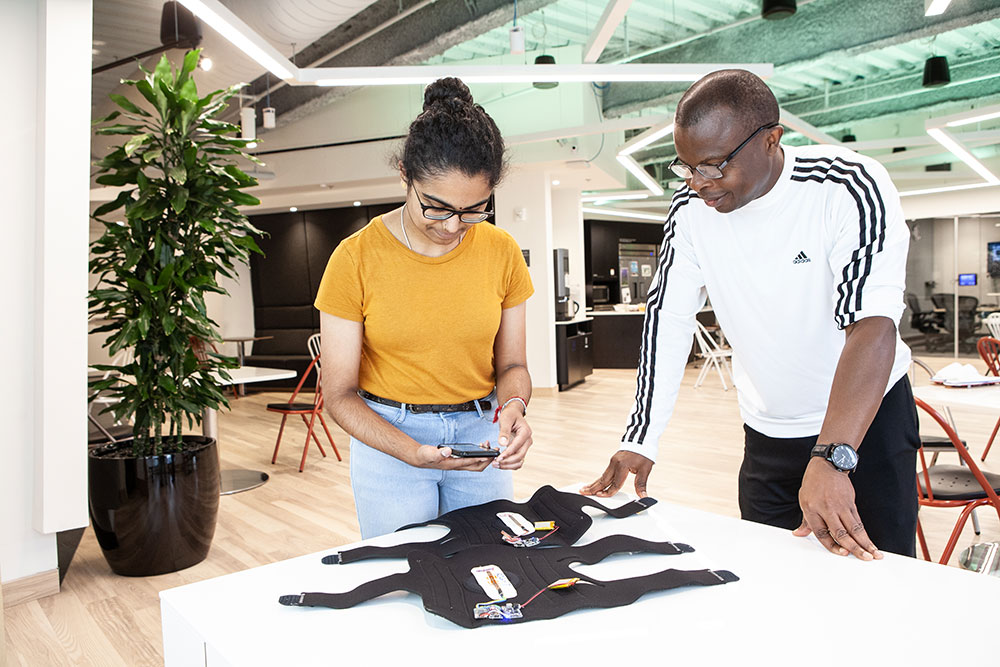

PERSONAL HISTORY
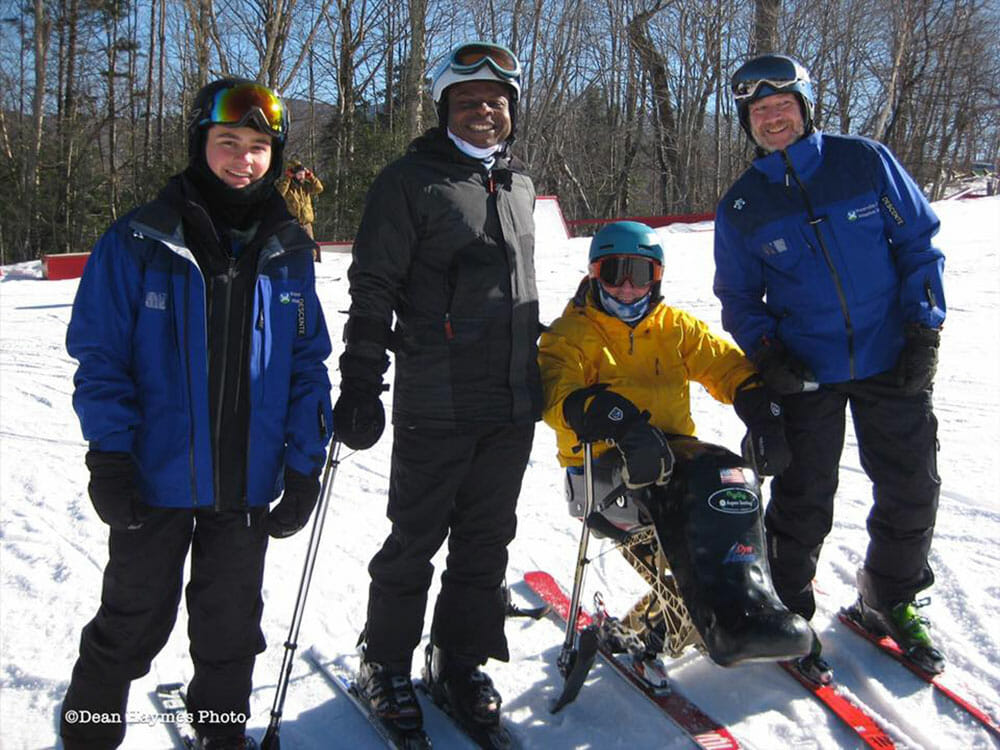
Photo courtesy of Phil Kongtcheu
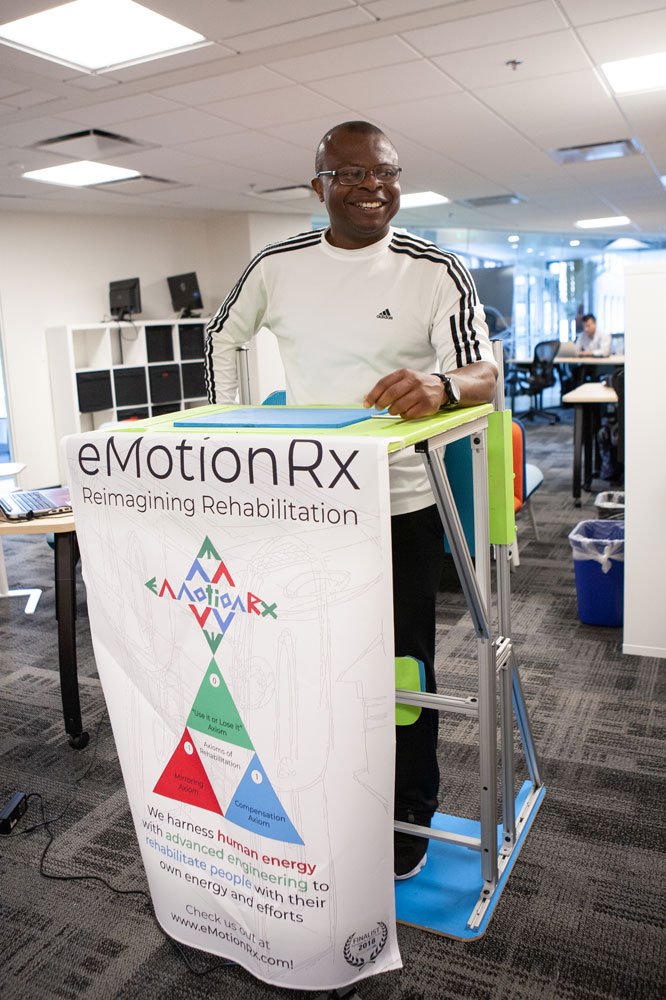
Living with Polio
“I contracted polio when I was 6 months old,” Phil said. “My whole early life was going from one healer to another trying to find a cure. I got used to meeting different people early on, including elderly people and those afflicted with different conditions. I was born in Cameroon, and in that environment, being disabled was viewed as an evil affliction under a very negative lens, and people were ostracized. But early on I understood that people valued you if you’re smart, which kept me more included, since I was a gifted student.”
A Gift for Math
“When I was a teenager, I received a national scholarship to study math in France, and completed my undergrad and graduate school there,” Phil said. “I was very into abstract math at first, but shifted my focus to mathematical finance and business. This is because theoretical physics and the idea of doing something that could help build nuclear bombs was not really appealing to someone coming from a place where people still have basic economic needs. I wanted to use my mind to address tangible issues.”
Walking Away from Wall Street
“Right out of business school I was offered a job on Wall Street,” Phil said. “I had a really rare profile because I was deep into math but could talk about real business issues as well. So I was hired and started working with derivatives, mathematical theories on risk and probability, and how to understand them. The first company I created myself after this was one of the first online trading platforms for foreign exchange derivatives.”
A Champion for Diversity
“After living and working in China for about four years, I was paralyzed again, and stayed nearly three years in a nursing home in New Jersey,” Phil said. “Reflecting on that experience, I realized I had seen people with all kinds of issues that could be easily addressed with a little more thought.”
“When I was paralyzed, something I did early on, instead of using a wheelchair, was hold myself against a wall and force myself to stand to build strength in my legs,” Phil continued. “I slowly started to walk, then moved to crutches, and now I can ski and bike. One of the key things that got me on this path is my unique perspective. I don’t have the perspective of a commissioner who may see only part of what people need. I’m really living it.”
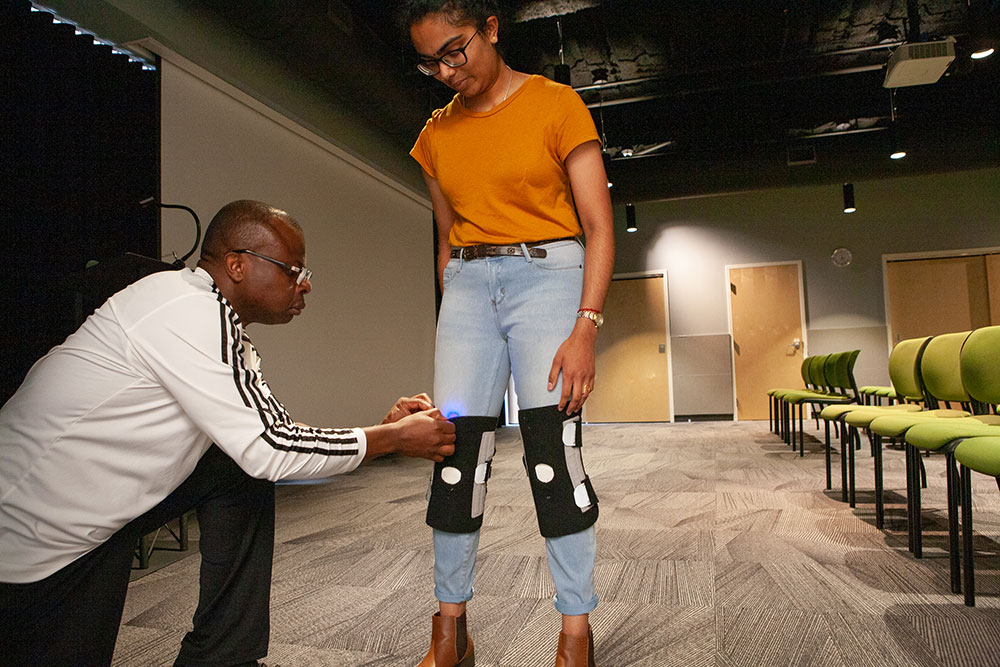
Phil prototyping a knee brace
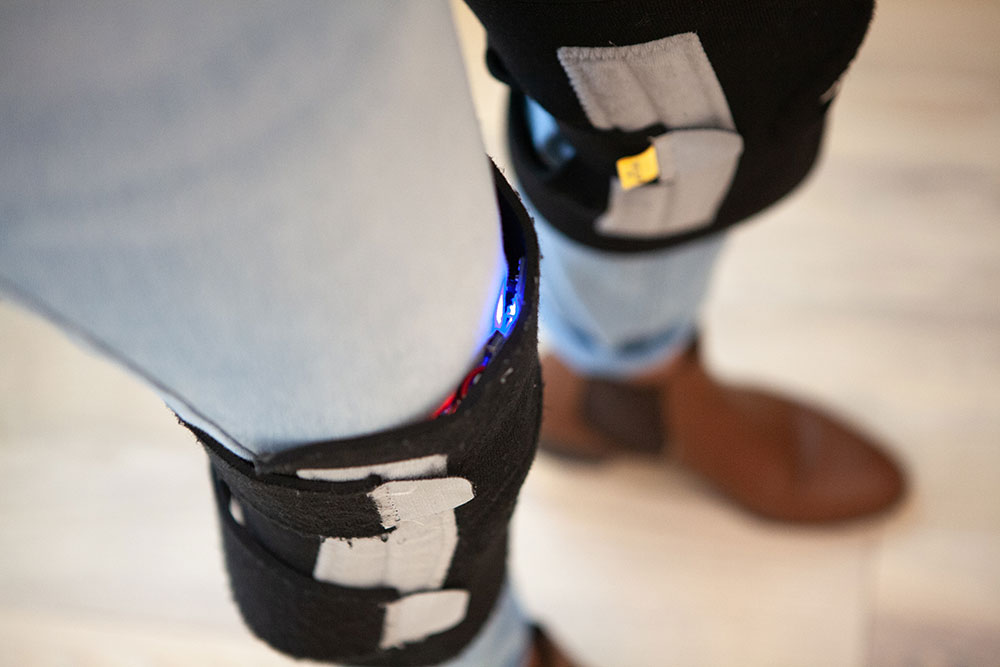
PROJECT: eMotionRx

eMotionRx’s design methodology is driven by their three “Axioms of Rehabilitation,” which include: 1. “Use It or Lose It,” focusing on products that enhance mobility by building strength; 2. “Mirroring,” by measuring weight distribution and providing feedback on posture and performance; and 3. “Compensation,” the concept of harnessing energy from stronger parts of one’s body to compensate for and actively rehabilitate a weaker part of the body.
From standing chairs to self-powered exoskeletons, Phil designs and builds technologies that give people the tools to strengthen muscles and assist their legs when walking. eMotionRx’s smart insoles and knee braces are designed to track how far someone’s knee bends with each step, and how much weight is placed on each leg, in order to provide analysis of both gait and posture over time.
“What I love most about my job is the range of people I get to meet, and the sense of gratitude for the progress made,” Phil said. “I am most proud of our recent invention, the PhilGood, a new inclusive standing chair. Most of the time, technology already exists for problems we’re trying to solve. Any person I’ve known with a disability hates to be associated with anything made solely for people who have that condition. If you design something that includes them rather than designates them as having a problem, you can make a product people will be happier to use.”

